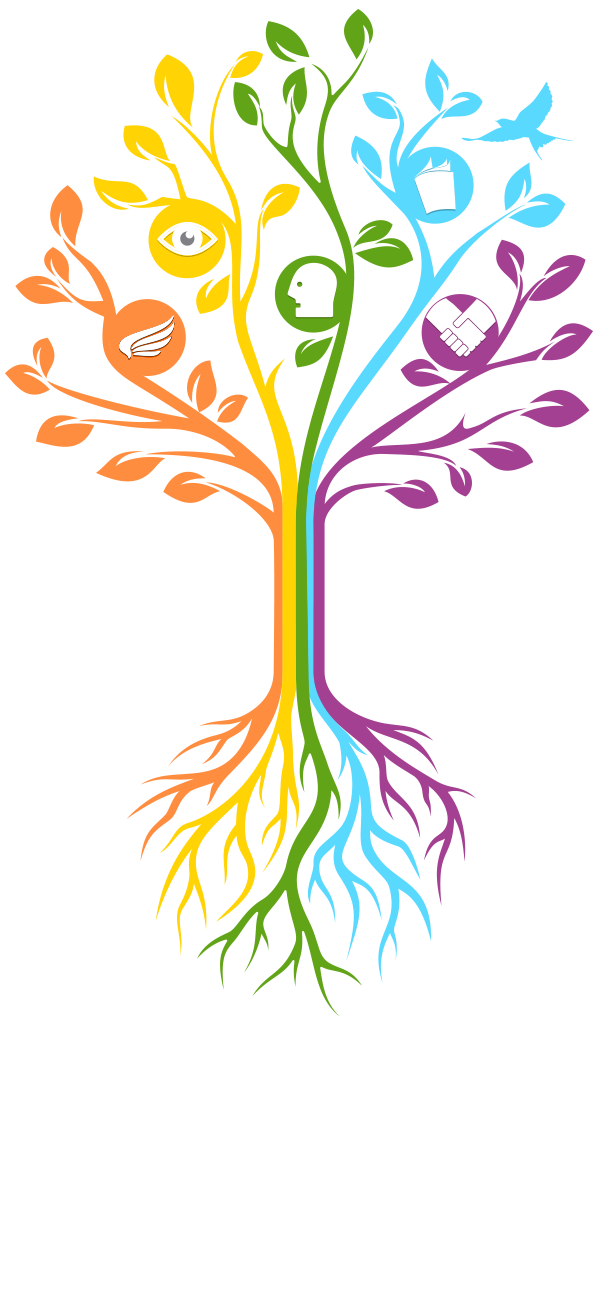BEHAVIOUR DOMAIN
Behaviour does not occur in a vacuum – practically all problem behaviour in schools occurs within a particular social and instructional context.
Students learn to behave in ways to achieve a desired outcome or to satisfy a need.
In order to work out the purpose or function of a student’s behaviour, we must identify the specific contextual and environmental factors that trigger and maintain problem behaviour.
How to
- It is assumed that the student has engaged in the problem behaviour on a number of occasions if the time is being invested in this problem-solving process. Identifying common themes across a number of occurrences will build a better picture of the behaviour than focusing on one isolated incident.
- Contextual information should be gathered from more than one source to improve accuracy. It is important to have more that one person’s observations of the behaviour.
Sources of Information
Schoolwide discipline data (e.g. Sentral). Teacher/SLSO/executive reports. Planned observations (by school counsellor, executives, other teachers, SLSOs). Reports from parents. Reports from students themselves.





